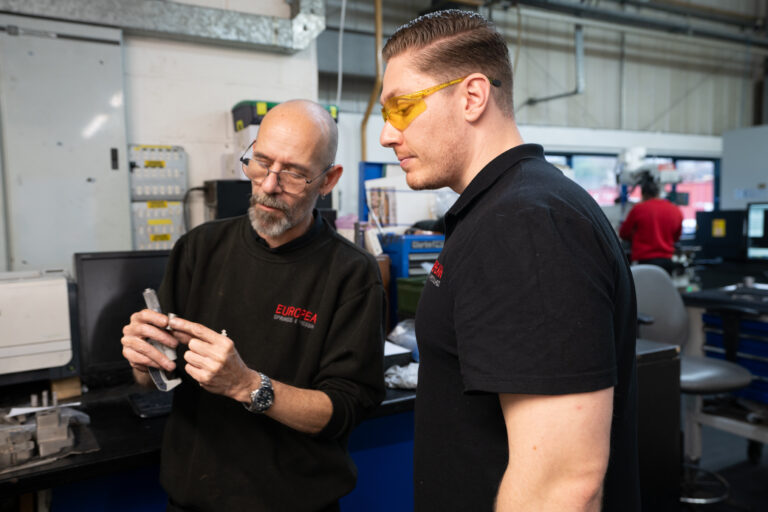Celebrating Engineering: Cambridge Science Festival 2016
23/02/2016 Engineering is an extremely important part of everyday life. It's something that has played a huge role in the
Home › News & Updates › Page 30
23/02/2016 Engineering is an extremely important part of everyday life. It's something that has played a huge role in the
17/02/2016 At European Springs we find it fascinating to be spring manufacturers, making vital components for an array of different
17/02/2016 Biomimicry is the name given to inventions that have been made using nature as inspiration. Throughout history, both engineers
11/02/2016 The Royal Academy of Engineering has recently announced that the nominations for the Young Engineer of the Year are
08/02/2016 Torsion clocks are ornamental, mechanical clocks that tell the time with the aid of a pendulum. They use torsion
25/01/2016 It's been a while since we've reported on the animal kingdom influencing the science and engineering world, but the
22/01/2016 Advances in mechanical engineering are happening at a staggering rate. It seems like there's a new development every day,
20/01/2016 Technology is evolving at an unprecedented rate, and as torsion spring manufacturers, we see a huge amount of intriguing
18/01/2016 They might not be the most glamorous bit of tech – certainly not a patch on any of these

And even if we don’t have exactly the tool we need, European Springs’ in house technology enables us rapidly to design and make complex tools, allowing us to offer more competitive prices.



© Copyright 2025 | European Springs
Designed, Promoted and Powered by SQ Digital